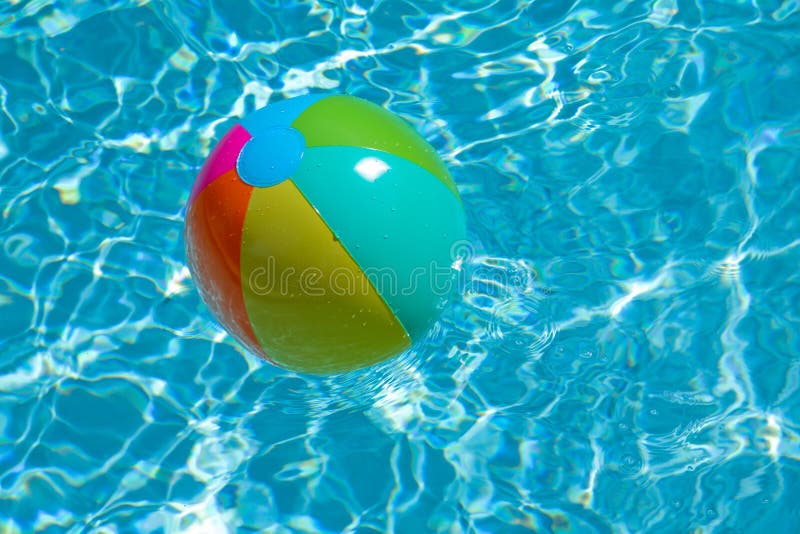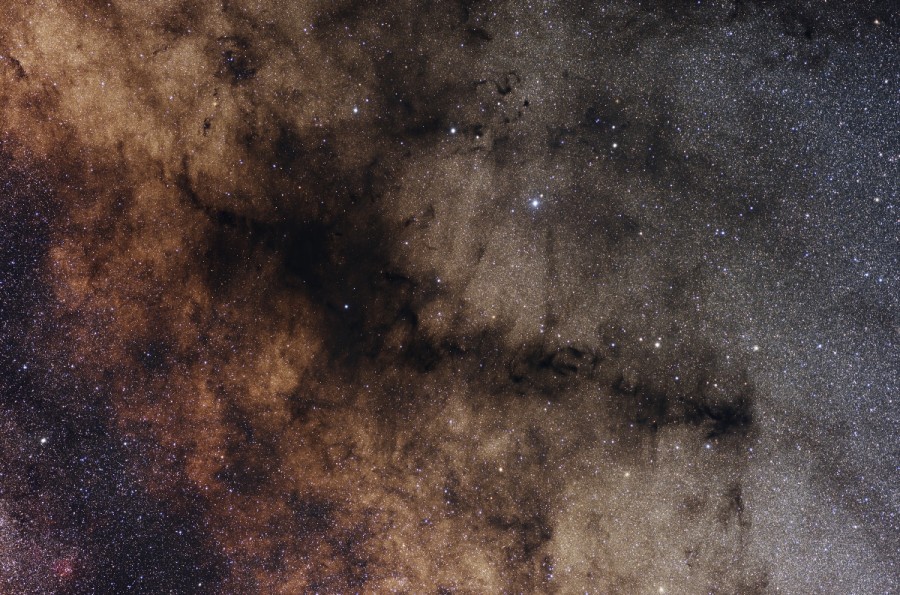A Beautiful Trifid. Image Credit & Copyright: Vikas Chander
That's a very fine portrait of the Trifid Nebula! The pink "main body" of the Trifid looks almost like a pink beach ball floating on somewhat choppy waters!
The colors of the APOD are great. Note the very pink hue of the central Trifid, which is due to cyan-colored hydrogen beta (at 486 nm, this color
███) being mixed with the dominant red hydrogen alpha (at 656 nm, this color
███). The blue "choppy waters" surrounding the "pink beach ball" is reflection nebulosity.
By the way, where does the blue reflection nebulosity come from? I'm going to hazard a guess. It comes from the same source that provides the ionization for main pink nebula, namely, from O7.5III star HD 164492A. For this to be true, the blue light from HD 164492A must "reach further" than the ultraviolet ionizing light from the same star.
Like the Trifid Nebula, the Cocoon Nebula is ionized by a single star, B1V-type BD+46 3474. Like the Trifid Nebula, the small Cocoon Nebula also has a surrounding blue reflection nebula, although this reflection nebula is quite faint and can only be brought out with careful processing.
Cocoon Nebula. Image: Marcel Drechsler.
Interestingly, both the APOD and the Marcel Drechler image shows some interesting red stuff in the background. My impression of Marcel Drechler's image is that the main red "streak" are outflows or jets from the very young hot star, but there is generally a lot of red (probably quite faint) Hα mixed with the dust to the left of the Cocoon in Drechsler's image.
The red background stuff in the APOD is not so jet-like. We may also note that the color of this background ruddiness is not at all pink, but "all red". If this red stuff is faint, which it is, perhaps the proportion of hydrogen beta to hydrogen alpha is lower than it would be if the source of ionization was strong, as it is in the Trifid Nebula? Or are we talking about hydrogen beta being scattered away due to background dust reddening?
Background reddened NGC 3603 and foreground less reddened NGC 3576.
Photo: Astrosurf.
In Astrosurf's image, background NGC 3603 is at left, and foreground NGC 3576 is at right. The more distant nebula is more reddened, because almost all the hydrogen beta has been scattered away.
Ann
 A Beautiful Trifid
A Beautiful Trifid
